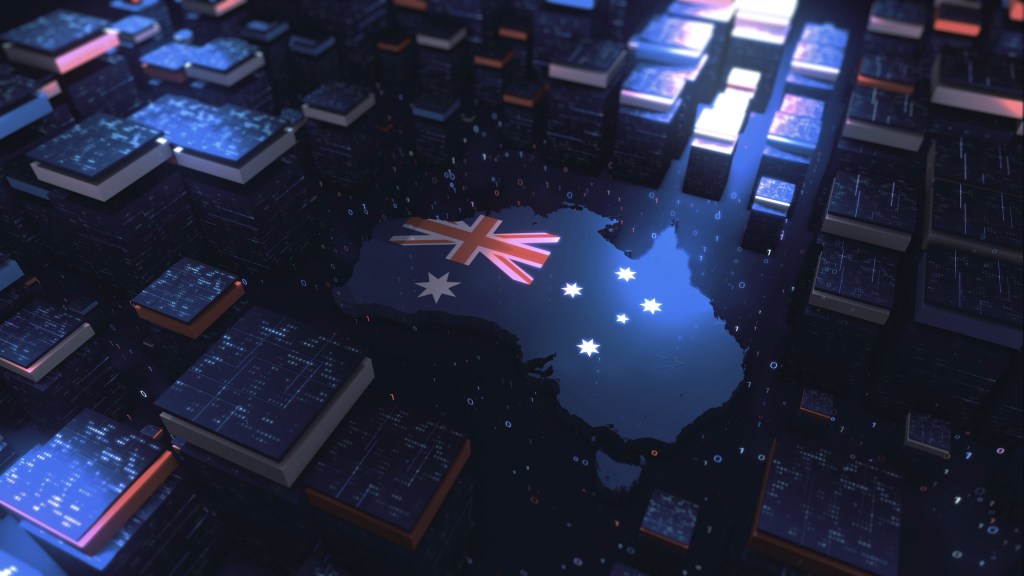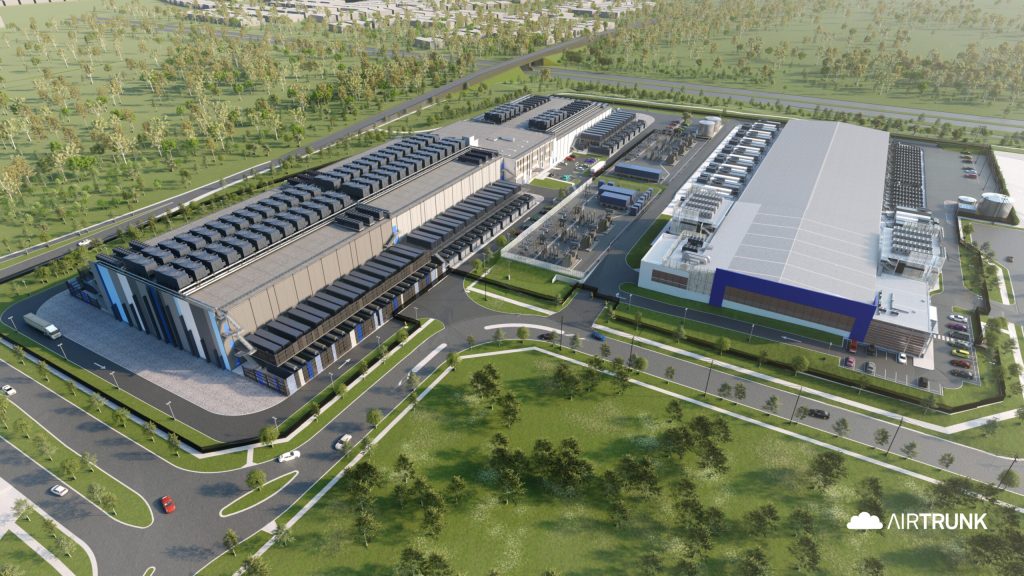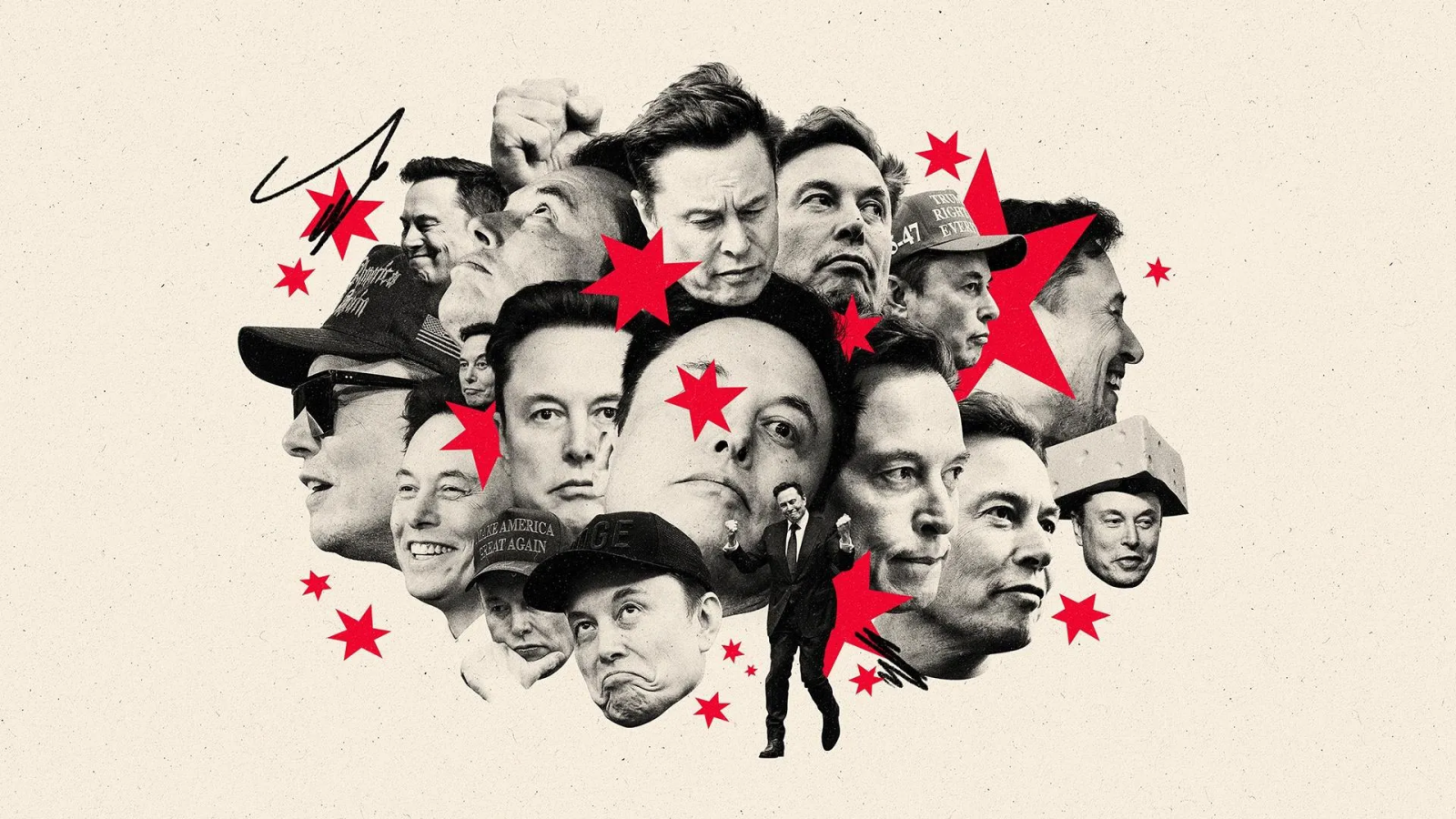Our land availability, policy stability and access to renewables are valuable building blocks for the AI future, OpenAI’s Australian Blueprint states. But is the report written for Australians, or for the bottom line of the ChatGPT-maker that wrote it?

Australians have some of the highest AI scepticism in the world, according to recent research. OpenAI launched a report and a full-court press this week in an effort to change that.
The OpenAI Blueprint for Australia makes a series of recommendations for how the nation can best capitalise on the AI future and reshape its economy. Investing in data centres and working alongside Singapore, Japan, Korea, and Taiwan to ‘drive alignment on AI standards, promote responsible access to compute, and safeguard sovereignty and resilience’ in the Indo-Pacific are at the heart of it.
“Australia can shape a trusted, rules-based approach by drawing from the most innovation-forward elements of global regulatory models, particularly those of pro-innovation democracies like Singapore and Japan, while adapting them to its own institutional and legal context,” the OpenAI Blueprint for Australia states.
The country where $24 billion data centre operator AirTrunk was founded, should continue to invest in data centres, OpenAI advises.
“Australia leads on the core building blocks of data centre competitiveness: it has the highest land availability among peer nations, strong policy stability, efficient permitting processes, and abundant access to renewable energy,” the Blueprint states.

It warns that not investing in data centre capacity will limit the nation’s future innovation and push development offshore.
OpenAI’s claim that data centres will create over 8,000 jobs seems dubious, some AI experts say.
Eddie Major is a research fellow in AI policy at the Future Impact Group in the UK. He believes some of OpenAI’s recommendations are valid, but classifies others as a ‘bigtech vendor sales pitch.’ Data centres and compute are important, Major notes, but they are not the mass-employer that OpenAI implies they will be.
“We need to be careful not to rely solely on multinational tech setting up their own datacentres in Aus,” cautions Major. “They’re not big job creators after they’re switched on, and they don’t create the array of higher-paid knowledge jobs that applied R&D centres do.”
Further, OpenAI’s suggestion that the Australian government should offer targeted tax incentives for businesses adopting AI is a grab for taxpayer money, Major says.
“The problem with too much focus on pure AI adoption is that any real value delivery is lost via profits to multinational tech companies that own it. We need to keep the focus on building domestic AI capability.”

OpenAI’s Australia Blueprint was undertaken in conjunction with Mandala Partners, and dangles the carrot of $115 billion in AI-derived annual economic gains within 5 years.
“Australia’s economic growth has slowed due to declining productivity, which currently lags 18% behind the United States, primarily due to underinvestment and slow adoption of digital technologies, the report reads. “AI presents an unprecedented opportunity to reverse this trend, with potential annual economic gains of A$115 billion by 2030, mainly from productivity improvements.”
Of course, mass-adoption of AI in Australia also represents an opportunity for OpenAI and its financial backer, Microsoft, as well as other tech companies.
Recent research by Stanford’s HAI Global AI Index confirms that Australian sentiment regarding AI may be shifting. OpenAI states that ChatGPT is gaining traction in Australia, with usage doubling over the last 12 months.
It also notes that more than 500 million people around the world use ChatGPT every week.
“We are at an inflection point. The opportunity AI presents to spur productivity and increase prosperity is too compelling to forfeit,” the report states.

The train has left the station, OpenAI suggests, and Australians had best get on board.
“National investment in AI infrastructure today will form the backbone of future economic growth, create jobs, boost productivity and usher in a new generation of entrepreneurship. It’s true for Australia. And it’s true for the rest of the world,” says Sandy Kunvatanagarn, the head of policy for OpenAI in the APAC region.
Kunvatanagarn reiterates that Australia has an opportunity to lead the region, but says action must be taken now to pave the way for the nation’s AI future.
“Australia boasts a strong education system, trusted public institutions, and clear infrastructure advantages. But realising the full benefits of AI will require coordinated action across government, business, and civil society.”
OpenAI’s recommendations for Australia
1. Roll out national AI skills training for workers, students, and managers
2. Offer targeted tax incentives for all businesses adopting AI
3. Embed AI literacy and responsible use in schools and universities
4. Modernise government services delivery through responsible AI
5. Provide secure access to government data for public-interest AI use
6. Upskill public service and empower a central AI capability unit
7. Reform AI procurement rules to support innovation and pilots
8. Invest in AI-ready infrastructure like data centres and compute
9. Ensure access to affordable, renewable energy for AI infrastructure
10. Establish Australia as a trusted regional hub for AI standards and investment in the Indo-Pacific
Look back on the week that was with hand-picked articles from Australia and around the world. Sign up to the Forbes Australia newsletter here or become a member here.


